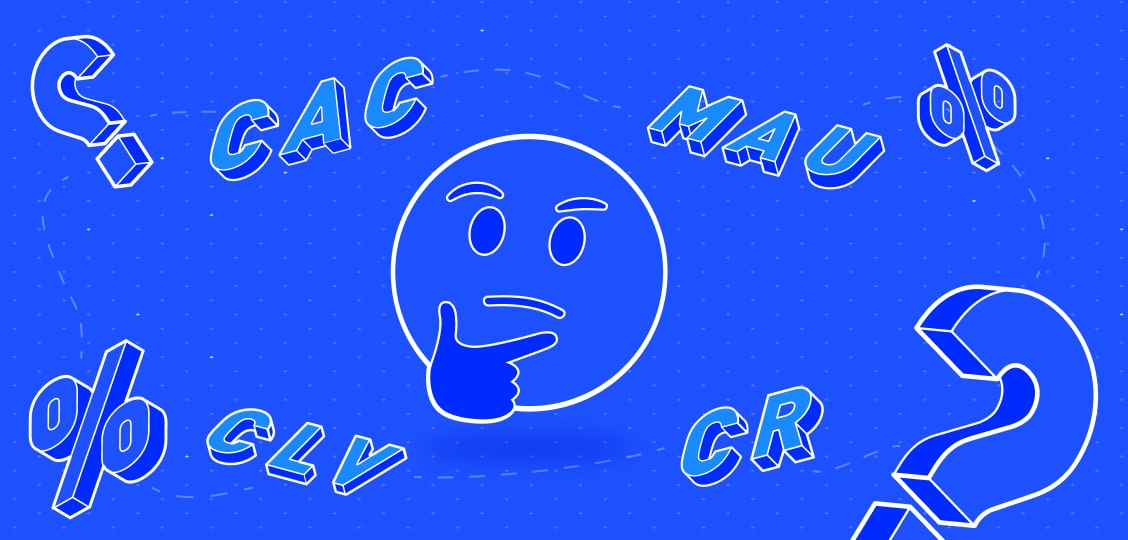Why is it important to hire a software QA team? FAQ about quality assurance
Get to know how quality assurance will help you develop a superior software solution characterized by scalability, performance, security, and user-friendliness.

With digital transformation taking the center stage, organizations have to adopt innovative software solutions to remain competitive. Using mobile and web applications, it is possible to automate workflows, improve consumer engagement, and save costs. In this regard, the demand for IT services is growing. Gartner predicts that global IT spending will reach $4.5 trillion in 2022, rising by 5.1% from 2021.
The COVID-19 pandemic accelerated digitization, encouraging businesses to build software systems and migrate to the cloud. According to the survey by AppDynamics, 95% of IT experts reported that their companies changed technology priorities during coronavirus. It is noteworthy that 71% of respondents said their technological transformation projects were implemented within weeks while prior to coronavirus this would have consumed months or even years.
Aiming to ensure business continuity during an economic crisis, enterprises are actively investing in custom software engineering. As a result, the popularity of IT outsourcing—a great way to cut expenditures while preserving quality—is also increasing. Mordor Intelligence informs that the IT outsourcing market is projected to progress at a CAGR of 4.5% during 2021–2026. In addition, NTT revealed that 45% of worldwide corporations are going to outsource more tasks in the next 18 months.
By hiring dedicated development teams or extending their own with IT professionals from other countries, organizations can reduce expenses and time to market, as well as get access to field-specific expertise. Continue reading to learn more about these models and choose a practice that will perfectly align with your project needs.
A dedicated team model means that a client hires a full-cycle team of software experts for project implementation, generally on a long-term basis. IT professionals work for you full-time as if they were your in-house employees, but remotely.
After analyzing a technical specification, a provider of software engineering services finds out what skills are required for product delivery and assembles a dedicated development team accordingly.
Specialists are always available to discuss issues and perform the necessary tasks. Furthermore, the size of the team is adjusted to current project needs. For instance, an IT service vendor can connect other specialists from its staff to software solution creation if, say, deadlines become more strict.
Since a trusted IT partner allocates a project manager, building a website or application demands fewer management efforts from your side. Therefore, it is possible to concentrate on core business activities. However, you have control over the entire development process thanks to in-person and virtual meetings, regular reports, as well as access to a time tracking system.
If a company aims to address existing challenges but does not have the required technical background, it should hire a dedicated development team. This is much faster than searching, interviewing, and onboarding candidates on its own.
Cost savings are among the main advantages of a dedicated team model. A customer does not have to pay extra charges, such as rent payment, property taxes, and office cleaning. What’s more, you are not responsible for motivating IT professionals with bonuses, insurance coverage, and other perks.
A dedicated team model is a great option when a client has a high volume of work, for example, wants to deliver a large-scale project or create several software solutions. This practice can satisfy the requirements even if a company has the necessary skills and knowledge.
A customer should hire a dedicated development team when having to meet tight deadlines, for instance, to showcase a minimum viable product (MVP) to inventors. As an IT service vendor is responsible for recruiting, onboarding, and training software experts, a company does not have to spend time on these tasks. Furthermore, when assembling a team according to client goals, an IT partner can connect as many specialists as possible to improve time to market.
In an extended team model—which is also called staff augmentation—in-house experts collaborate with remote IT professionals to deliver a software solution.
An extended software development team can be managed by the company’s employees (e.g., a project manager or chief technology officer) or a customer personally. Remote designers and engineers, in their turn, complete the necessary tasks and provide in-house specialists with regular reports.
When choosing this approach, an organization is in charge of preparing a software requirement document, outlining an implementation roadmap, and defining the work scope. To compare, a dedicated development team generally offers assistance in activities of this kind, as it undertakes responsibility for all project aspects from the very start.
If in-house employees do not have the skills necessary for solution delivery, an organization can approach a trustworthy IT partner to extend a software development team. For instance, a software project can require the use of cutting-edge technologies (e.g., blockchain, artificial intelligence) or experience in certain domains (i.e., healthcare, e-learning, insurance, e-commerce).
Say, you want to launch a vacation rental marketplace but do not have experience in back-end development. To address this issue, you can sign a contract with an IT outsourcing company specializing in building online marketplace platforms and having full-stack or back-end engineers.
When a client has to meet tight deadlines but resources are limited, choosing an extended team model is a great option. By connecting new specialists to a software project, you will manage to significantly reduce time to market.
With this aim in view, it is important to hire experienced designers and engineers for quick onboarding and streamlined development. Just like in the case of hiring dedicated IT professionals, you will not have to search, interview, and recruit specialists on your own, this way ensuring a faster start.
Both approaches to software development refer to IT outsourcing and have plenty of similarities. The main advantages of a dedicated/extended team model include:
Cost savings. A customer does not have to pay rent, property taxes, bonuses, etc. What’s more, it is possible to establish cooperation with an IT service vendor having considerably lower hourly rates compared to your country.
For example, software engineering firms in the US generally charge between $50–$150 per hour while IT companies in Belarus earn $20–50, although designers, engineers, business analysts, and project managers have the same skills and knowledge.
However, both models often have some concerns associated with remote collaboration. Customers may be worried about project progress and lack of control. The key here is to find a trusted IT outsourcing company that ensures process transparency. With regular meetings and daily reports, you will be able to make sure that everything is going according to plan.
Here at Arateg, we provide our clients with access to a project management system that contains information about tasks, their statuses, team comments, due dates, etc. Furthermore, our software engineers showcase a demo every 2–3 weeks, so that you can validate the outcome of each iteration. Learn more about practices we use to achieve transparency.
To hire a dedicated development team or extend your staff, it is crucial to reach out to a trustworthy IT service vendor with the necessary domain and technology expertise. For this purpose, you should check out a portfolio of a potential IT partner, as well as reviews and ratings on B2B platforms like Clutch, GoodFirms, WADLINE. Additionally, it is important to verify the qualification of software experts by viewing their CVs and conducting in-person or virtual interviews.
If you want to build a software product, migrate to the cloud, or perform other tasks, drop us a message. We will get back to you within 1 business day and help address all issues. Project consultation is free of charge.

Get to know how quality assurance will help you develop a superior software solution characterized by scalability, performance, security, and user-friendliness.

By tracking marketplace KPIs, you will be able to measure business performance, create successful advertising campaigns, and identify areas for improvement. Find out what marketplace metrics you should monitor.
Now, you will receive a fresh newsletter from us.
Get the latest scoop on software application tips, announcements, and updates from us. Subscribe to our newsletter!